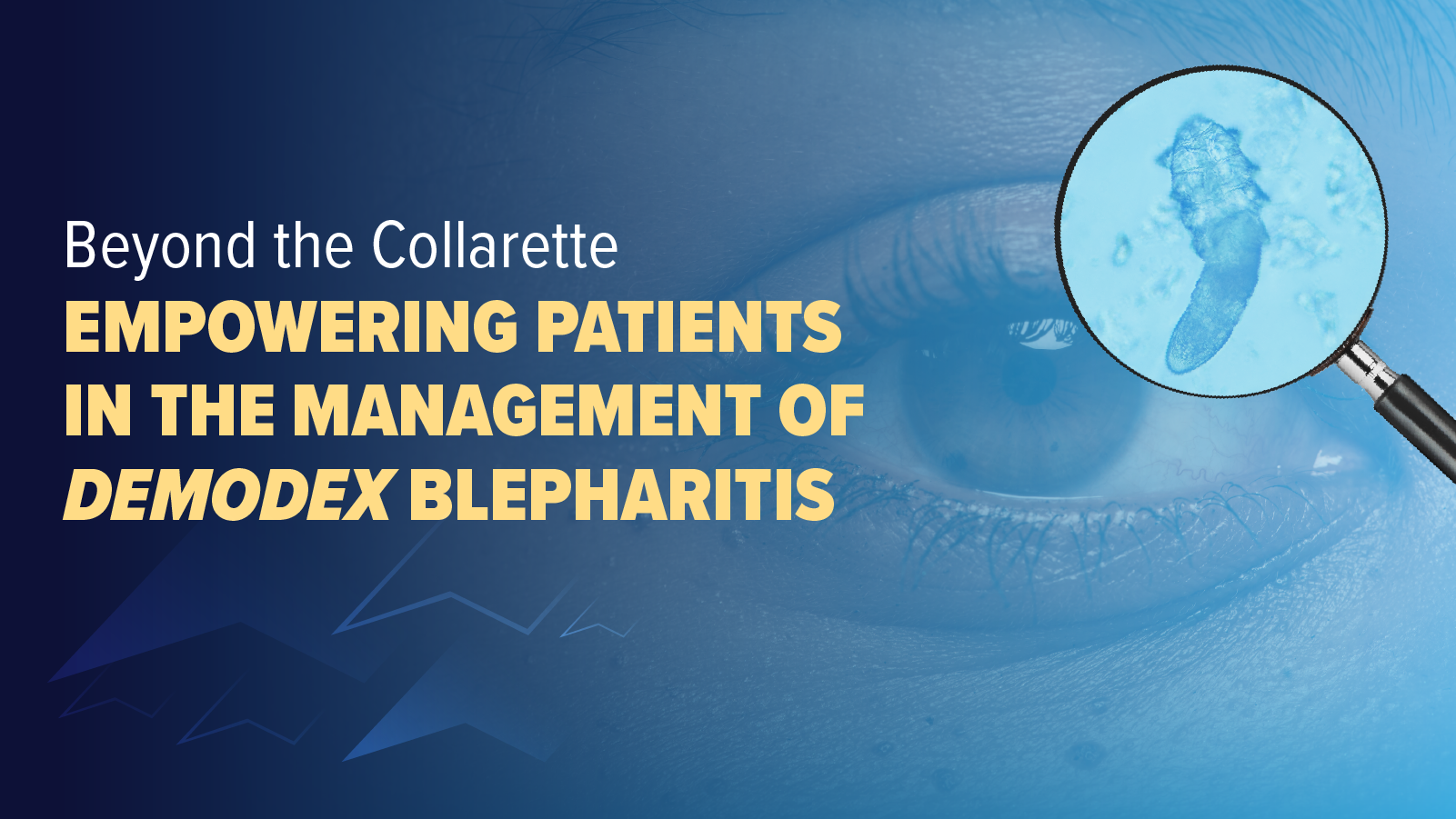
Nanette Santoro, MD, Highlights Findings on Fezolinetant From Pooled Analysis of Phase 3 Skylight Development Program Trials
The nonhormonal neurokinin-3 receptor antagonist improved menopausal adiposity without appreciable impact on body weight or BMI, Santoro explained at 2025 ACOG meeting.
Both weight gain and increases in and redistribution of total body fat and abdominal fat during the menopausal transition elevate risks for cardiovascular and metabolic conditions, Santoro stressed in the conversation with Patient Care. Those conditions include insulin resistance, type 2 diabetes, hypertension, and hyperlipidemia, she added.
In the short video above, Santoro highlights the results of the
The following transcript has been lightly edited for clarity.
Nanette F. Santoro, MD, is professor and E. Stewart Taylor chair in the divisions of reproductive endocrinology and infertility & reproductive sciences, Department of Obstetrics and Gynecology, at the University of Colorado Anschutz Medical Campus.
Santoro: The purpose of this study was a secondary analysis. The primary analysis had already evaluated hot flashes, so this follow-up looked at whether fezolinetant had any effect on body size, body weight, and a metric called the Body Roundness Index (BRI). BRI is a way to estimate body shape or girth, similar to waist-to-hip ratio, which many people may be more familiar with. BRI essentially incorporates that same concept.
This analysis included all of the women enrolled in the pivotal fezolinetant studies, at both the 30 mg and 45 mg doses. The original studies were 12 weeks long, during which women were randomized to placebo or one of the two doses of fezolinetant. After 12 weeks, those on placebo were re-randomized to receive either the 30 mg or 45 mg dose, and the follow-up continued to 52 weeks.
Over the full year, BMI remained relatively stable across all groups—no significant change regardless of whether participants were on placebo or fezolinetant. But by 52 weeks, we observed a decrease in Body Roundness Index. And it wasn’t just a tiny change. This suggests there may have been a change in body shape, even though overall weight didn’t shift. Specifically, the reduction appeared to be in waist size—a change most women would likely view as positive.
Now, this was a post hoc analysis, so no statistical testing was performed. That means we can’t draw firm conclusions, but the findings may still be meaningful and point to an area worth studying further. For example, are we seeing a loss of visceral fat? If fezolinetant leads to a reduction in central fat, that would be an important health marker.
We also know that fezolinetant improves sleep. It’s possible—though not shown in this study—that better sleep could translate into lower cortisol levels and less abdominal fat. Poor sleep is associated with higher risk for metabolic syndrome, including central obesity, elevated blood pressure, dyslipidemia, and insulin resistance. So it's plausible that some of the observed body shape changes could reflect metabolic benefits driven indirectly by improved sleep.
For other highlights and exclusive expert interviews, check out our full meeting coverage of the 2025 ACOG ACSM here.
Newsletter
Enhance your clinical practice with the Patient Care newsletter, offering the latest evidence-based guidelines, diagnostic insights, and treatment strategies for primary care physicians.

















































































































































































































































































